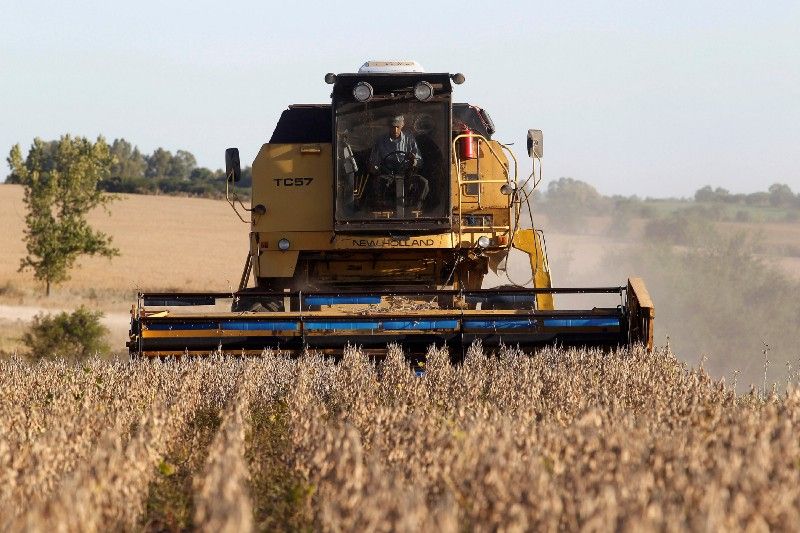April 06, 2018
On Wednesday, China sharply upped the ante in the trade conflict with President Trump by unveiling new tariffs on US goods worth about $50 billion. Yesterday, Trump appeared to threaten an additional $100 billion in tariffs, beyond the $50 billion the White House has already announced.
Leverage: When it comes to a US-China trade fight, President Trump is right that China is more vulnerable than the US. But President Xi is right that Trump is more vulnerable than Xi, because China’s government can help struggling Chinese industries in ways the US can’t, by directing banks to loan money to targeted companies and industries or spreading losses among state-owned companies, for example, and because Xi doesn’t have to worry about swing states and electoral votes. Among the US products China has so far targeted for sanctions are soybeans, orange juice, and pork. Xi knows that Trump can’t win re-election without winning the states that produce large volumes of these commodities (see graphic below).
Changing China: China’s vulnerability on trade is not what it was. In 2006, Chinese trade amounted to 65.2 percent of GDP. In 2016, that number had fallen to just 37 percent. That’s still higher than the US (27 percent), but China now has less reason to shy away from a trade fight if its government feels it must persuade Trump that trade wars aren’t “easy to win.”
A hopeful sign: Neither side’s tariffs take immediate effect. The US proposal allows for a 60-day period for public feedback. Chinese officials say the timing of China’s trade actions depends on the outcome of negotiations between the two countries.
The bottom line: There’s a serious risk of escalation here, but we should think of this week’s announcements, from both sides, as threats rather than plans. Let the bargaining begin.
More For You
Miami Mayor-elect Eileen Higgins points as she thanks her staff and supporters on the night of the general election, on Tuesday, Nov. 4, 2025.
Carl Juste/Miami Herald/TNS/ABACAPRESS.COM
A Democrat won Miami’s mayoral race for the first time in nearly 30 years. The Republican defeat will ring some alarms for the party – and their support among Latino voters.
Most Popular
Walmart’s $350 billion commitment to American manufacturing means two-thirds of the products we buy come straight from our backyard to yours. From New Jersey hot sauce to grills made in Tennessee, Walmart is stocking the shelves with products rooted in local communities. The impact? Over 750,000 American jobs - putting more people to work and keeping communities strong. Learn more here.
© 2025 GZERO Media. All Rights Reserved | A Eurasia Group media company.
